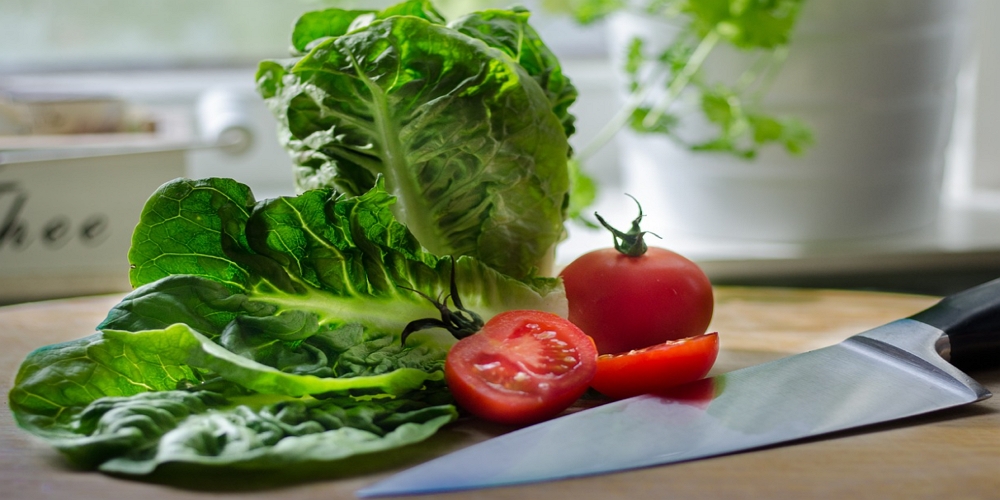It does not matter whether you are a chef or starting out, your kitchen requires a perfect set of knives. There is a need to choose to have the best blades, particularly if you like cooking fresh foods. When you use well-balanced, comfortable, and sharp knives, cooking becomes a lot easier. There are different kitchen knife edge types. Before you buy a knife set, you need to consider several things.
Material
Knives are made from different materials, such as ceramic, carbon steel, stainless steel, and Damascus steel.
Stainless Steel
Most knives are made of stainless steel. This material does not rust and is easy to sharpen. However, these types of knives are prone to going blunt, bending, and flexing quickly. That is because the material is softer than carbon steel.
Carbon Steel
This material is widely used to make knives. That is because it stays sharp for quite long. Since carbon steel is prone to rust, it is advisable to season it with mineral oil. Moreover, it needs a lot of maintenance and care.
Damascus Steel
This type of knife is made from a carbon steel core. Also, its exterior is made from stainless steel. They are well-known for their striking appearances. Since they are handmade, they are quite expensive. You can find some brands of knives coated to appear like Damascus steel.
Ceramic
Ceramic knives are lightweight and sharp. Also, they are not expensive. Since they do not rust, you do not have to sharpen them regularly. However, they chip easily and since ceramic is hard, it needs a diamond sharpener. In most cases, you will need to send it back to the manufacturer for sharpening.
Weight
There is nothing like perfect weight. In this case, your preference is the most important thing to consider. Experts recommend that the chef’s knife ought to have extra weight behind it. Nevertheless, you should avoid a knife that is heavy that it can strain your wrist when using it.
Comfort
You can find knives with rubber handles to provide additional grip. Also, you can find some that contour the shape of your hand. You should avoid handles with sharp or angular edges as they create pressure points. Instead, go for handles with smooth bolsters as they rest on your hand comfortably.
Balance
Remember that the weight of your knife must be balanced between the blade and handle. The right way to check the balance is by checking whether the knife tips one way when you put it across the forefinger and middle finger. You should avoid heavy handles as they do not cut effectively. Moreover, heavy blades are uncomfortable and inconvenient to use.
Handle Types
Plastic handles are known to smooth and do not trap dirt. You can find that are textured to provide a secure grip. You need to keep them away from the heat sources. This is necessary to avoid melting your handle. If you have a wooden handle, it will require oiling. It is advisable to choose knives with a clear plastic coating. This helps protect them. Avoid prolonged soaking when washing knives with wooden handles.







